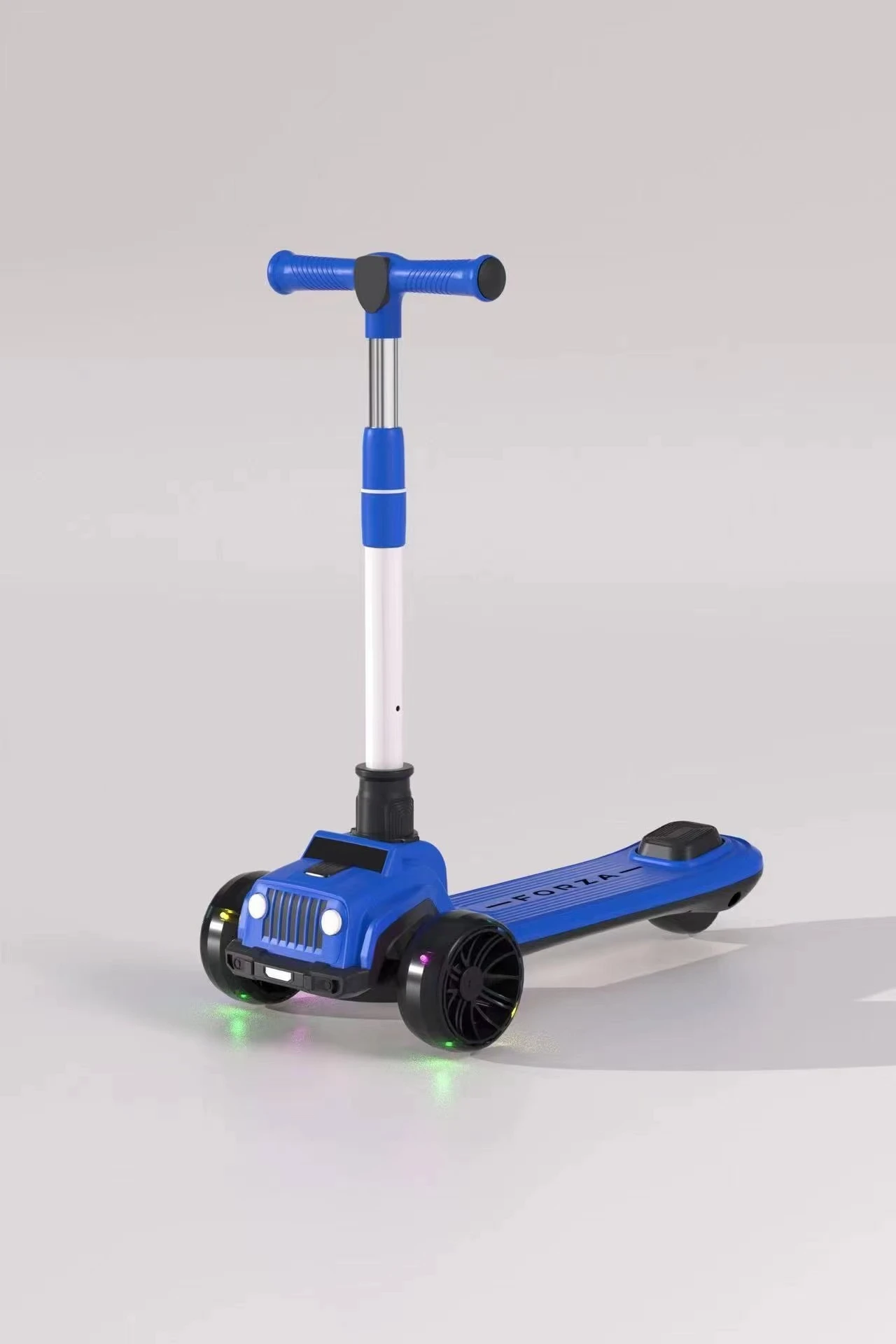balance bike for toddlers promoting coordination and outdoor fun for little riders
The Rise of Balance Bikes A New Era for Early Childhood Mobility
In recent years, the landscape of early childhood mobility has undergone a remarkable transformation, largely attributed to the emergence of balance bikes. These innovative bicycles, designed specifically for toddlers and young children, have gained immense popularity among parents and educators alike. The concept behind balance bikes is simple yet powerful they help children develop their balance and coordination before introducing them to traditional pedal bikes.
What is a Balance Bike?
A balance bike, sometimes referred to as a run bike, is a bicycle without pedals, making it easier for young children to use. Instead of pedaling, children push themselves along using their feet, allowing them to focus on balancing and steering. Typically made from lightweight materials, these bikes come in various designs, colors, and sizes, catering to the preferences of both children and parents.
Benefits of Using Balance Bikes
1. Enhanced Balance and Coordination One of the primary benefits of balance bikes is that they teach crucial balance skills. As children maneuver on these bikes, they learn how to maintain equilibrium and control their movements, which sets a solid foundation for riding a traditional bicycle later on.
2. Increased Confidence Learning to ride a balance bike empowers children and boosts their self-esteem. Mastering this skill gives them a sense of accomplishment, encouraging them to take on new challenges and develop a positive attitude towards physical activity.
baby balance.bike

3. Safety and Stability With a lower center of gravity and no pedals, balance bikes are inherently safer than traditional bicycles. Children can easily place their feet on the ground for stability, preventing falls and injuries. This design allows kids to feel secure as they learn to ride.
4. Fostering Independence Balance bikes offer a unique opportunity for toddlers to develop their independence. As they learn to balance and control the bike on their own, they gain a sense of freedom that comes from moving and exploring their environment at their own pace.
5. Encouraging Outdoor Play In an age where screens often dominate children's attention, balance bikes provide an excellent incentive for outdoor play. Encouraging kids to spend time outside not only promotes physical fitness but also fosters social interactions with peers.
Transitioning to Pedal Bikes
Once children have mastered balance biking, the transition to a traditional bicycle becomes seamless and enjoyable. Many children can make this shift without needing training wheels, as they have already developed the necessary balance skills. This transition phase usually occurs around the age of four or five, but the timing can vary depending on the child's individual development.
Conclusion
As the popularity of balance bikes continues to soar, they are becoming a staple in many households and educational settings. With their numerous benefits, balance bikes represent a forward-thinking approach to childhood mobility, emphasizing balance, confidence, and independence. By introducing children to this form of cycling at an early age, parents can ensure that they have a positive, enjoyable experience with biking that sets the stage for a lifetime of adventurous outdoor activities. Whether gliding down the sidewalk or exploring local parks, balance bikes are shaping a new generation of confident cyclists.
-
Unleash Fun and Safety with Our Premium Kids Scooter CollectionNewsJun.06,2025
-
Safe and Fun Rides with Our Premium Kids Tricycle CollectionNewsJun.06,2025
-
Explore Fun and Safety with Our Top-Quality Kids' BikesNewsJun.06,2025
-
Experience Fun and Safety with Our Premium Swig Car CollectionNewsJun.06,2025
-
Discover Confidence and Safety with Our Premium Kids Balance Bike CollectionNewsJun.06,2025
-
Adventure Awaits with Our Safe and Fun Kids Mini BikesNewsJun.06,2025
-
The Best Childrens Scooters for Fun and SafetyNewsJun.06,2025








